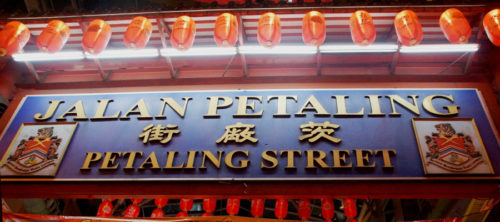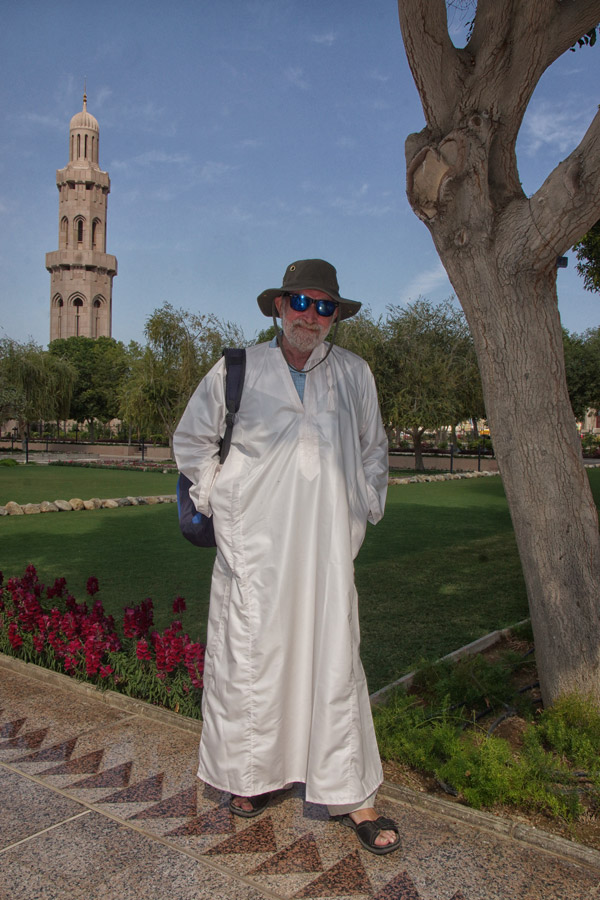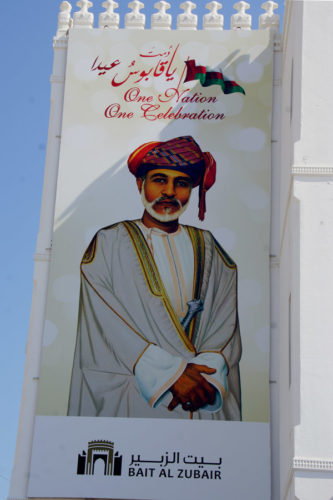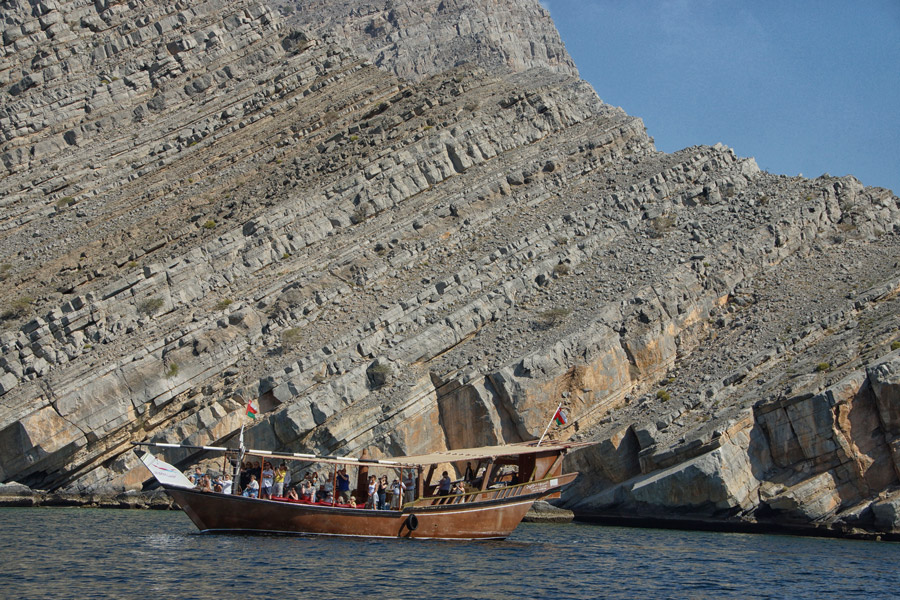Malacca is the ultimate tourist state and of course a UNESCO heritage site.
Asia
What to See in Kuala Lumpur
I’d have been happy spending several days just wandering around Chinatown but its a shame to not make the effort to see the rest of a city.
Shops and Temples in Kuala Lumpur
Shops and Markets
To shop for a fake anything go to the Chinese night market running along Petaling Street. Handbags and clothes seem to be most popular but I found some lovely little statues.
Money, Money, its All About Money
Dubai is all about money, the hotels are ultra expensive and the shops on the malls are all designer.
From History to the Grand Mosque in Abu Dhabi
A Day in Abu Dhabi
Abu Dhabi is the capital of the UAE. Its on an island 250 metres from the mainland but connected by bridges.
Castles, Souks and Forts
Nizwa Fort
This fort is about 175 kilometres from Muscat and is well worth a day trip. Its in the book 1001 Places to see Before you die. I don’t take this book too seriously,
after all it does suggest the Al Bustan Palace Hotel in Muscat is unmissable. At $366 a night for a double room we didn’t feel the need to see their two hundred acres of garden.
But sometimes its nice to tick somewhere off a list and they are right about Nizwa.
The view of the Hajar mountains from Nizwa fort is one of the best views in Oman.
Not sure I did it justice.
A great example of old Omani architecture first built in the ninth century but later rebuilt in the seventeenth century no one uninvited was going to get in here!
The walls were built to withstand mortar fire .The fort was protected by 480 gun ports and 24 openings for mortar fire.
The imams who governed Nizwa, once the capital city of Oman were very safe inside.
If intruders managed to get in they faced a complicated climb up the inside stairs where there were unexpected gaps in the floor or places where
boiling oil or hot date syrup could be poured on them.
The original meaning of a pitfall. Ouch!
The Souk
This souk seems much more authentic than Muscat’s Mouttrah souk.
The local men were genuinely shopping at the food market although it was fairly quiet.
.
And on to Jabreen
Jabree was built in 1670 as a palace for the Imam.
It has many study rooms and a place where the Imam could be protected by soldiers hiding under the floor.
If he was unsure of the motives of his visitors they would be ready to protect him.
It was left abandoned for many years it has now been beautifully restored by the ministry of tourism.
An interesting day out.
A Day Exploring Muscat
A Visit to the Mosque
The Sultan Qaboos Grand Mosque is the only mosque in Oman open to non Muslims.
Its very impressive, immaculate and huge – it can cater for 20,000 worshippers.
Inside houses the second largest carpet in the world. It took four hundred weavers four years to make.
There is an enormous fourteen metre high swarovski crystal chandelier.
The Al Alam Palace is the most important of the six residences of Sultan Qaboos. You can’t go in but its a nice area to walk around for a few minutes.
Our tour also included a visit to a private museum. Everything was beautifully presented.
There were ancient weapons, clothes and household items but for me the most interesting thing was outside.
In the garden there is a model village which shows the Omani aflaj irrigation system which dates from before 500 AD.
These ancient water channels irrigated the land when summer temperatures reach over 40°C enabling date palms and citrus trees to grow.
The Souk
Later we went to the Muttrah Souk on the Corniche . It felt very safe and tourist friendly.
There are many household items and shoes for sale but if you go in further there are small shops selling silver and embroidery and the mysterious foreign things that you can’t work out.
The smell of frankincense is everywhere. Its very busy and sometimes the shopkeepers are quite insistent but that’s like a souk anywhere.
Outside the souk there is also lots going on.
This area is good for an early evening walk and there is free wi-fi at the front of the souk. Very useful as cruise prices are outrageous.
A Day in Khasab, Oman
Khasab Town
Khasab is a port on Oman’s Musandam penisular.
This remote place on the Strait of Hormuz is only about 29 nautical miles from Iran and until recently was a centre for smuggling between the two countries.
The town is not very tourist orientated but its worth a walk around to see real life somewhere so different from home.
The Fort
The fort, also called Khasab castle, was built by the Portuguese in the 17th century. It is small and perfectly formed, a perfect tourist experience.
For 5 AED you can see the skills used by people living in this inhospitable area.
In the courtyard there are traditional boats made of planks sewn together with coconut thread.
There is a reconstruction house of the lock. Built of thick stone and partly underground its designed to keep things safe while the occupants are away.
Cleverly the storage containers are put in place before the walls are finished and they are too big to fit through the doorway so they cannot be removed.
A Dhow Cruise
The only other tourist attraction here is a dhow cruise.
This takes you along this dramatic rocky shore line .
Here the mountain valleys have flooded as the Arabian tectonic plate has pushed under the Eurasian plate. So the peninsular is very slowly sinking.
The boats have shade and fruit and water is provided.
You get a three hour cruise along the coast passing small villages and getting a close up view of the striking folded cliffs.
The boats stop near playing dolphins, we got a really good view, then you stop off at Telegraph Island for swimming.
The island, Jazirat al Maqlab, is about a mile of the coast. During the expansion of the British Empire in the nineteenth century a telegraph repeater cable was built on the island to boost messages on the London to Karachi telegraph cable. This was a bad posting for British officers as the heat was unbearable in summer and the locals were very unfriendly. So when they became desperate to leave and go back to home they had to go “round the bend” the bend in the Straits of Hormuz to get back to civilisation.
A lovely day.
A February Cruise
January often seems to go on forever. Although February is shorter why spend another month in the British winter if you don’t have to.
Better to go in search of the sun!
A Walk Around Mumbai
Walking round a new city is always the best way to find out how it works.


























































